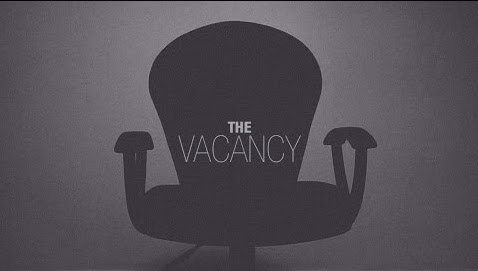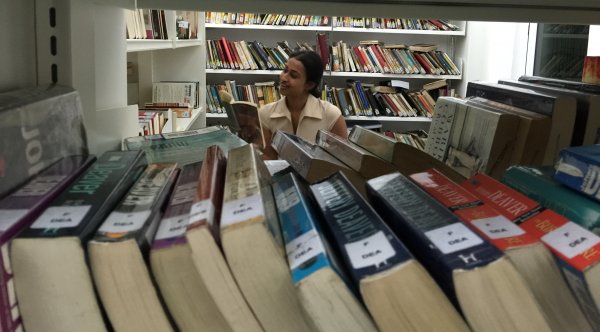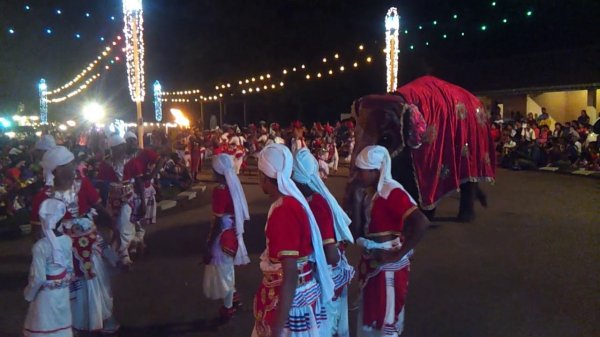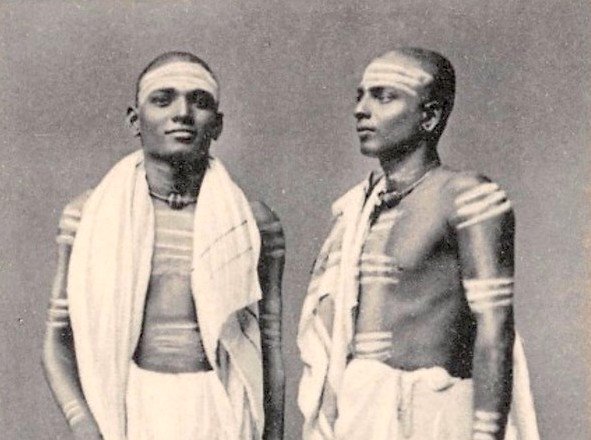
Whether it’s a Pulle, Alles, or Perumal, everyone in Colombo knows a Chetty, but while most of us have a vague notion of their being their own minority group, they are – more often than not – incorrectly assumed to be a branch of the Sinhalese, Tamil, or Burgher communities.
The Chetties can trace their lineage all the way back to the Tana Vaisya trading caste in India, who inhabited areas in and around Coorg and Benares until they were driven to the South of India following the Mogul invasion of the North. Their presence in Sri Lanka is said to be the result of trade connections that go back centuries.
Today, the Chetty community – variably referred to as the Setti, Hetti, Etti, or Situ community – is composed of approximately 150,000 individuals domiciled in the Western and North Western provinces of the country.
The History Of The Chetty Community In Sri Lanka

The Chetties can trace their origins all the way back to the Tana Vaisya trading caste in India.
Image Credit: Wikipedia Commons
It is commonly believed that the earliest ancestors of the Chetty community engaged in trade with Sri Lanka, resulting in mass migration to the island during the colonial periods. However, while it is historical fact that a large number of Chetties moved to Sri Lanka during the Portuguese and Dutch periods of rule, some historical texts indicate that their presence in the island can be traced back much further.
Professor H. Ellawala, in his book Social History of Early Ceylon, writes that the arrival of the first Chetties in Sri Lanka occurred shortly after Prince Vijaya first set foot on Lankan soil – according to him, some of the maidens sent to the prince by the King of Madura were of Tana Vaisya, or Setthi, stock.
Over the years, the Chetties’ place in society became so well established that even a traditional Sinhalese nursery rhyme sung by generations of children at play – “athuru, mithuru, dambadiva thuru, raja kapuru hettiya” – makes a reference to the Chetties and their traditional connection to royalty.
More recent records identify the Chetties as a prestigious merchant class, and W. Geiger, in his book Culture in Ceylon in Medieval Times, draws a connection between the Chetties mentioned in the earliest historical texts and the Chetties in medieval society, writing, “a prominent part of the mercantile society in Ceylon were the Setthis… probably they were like the Setthis in the Jatakas, the great bankers, and stood in close proximity to the royal court”.
Identification As A Separate Minority
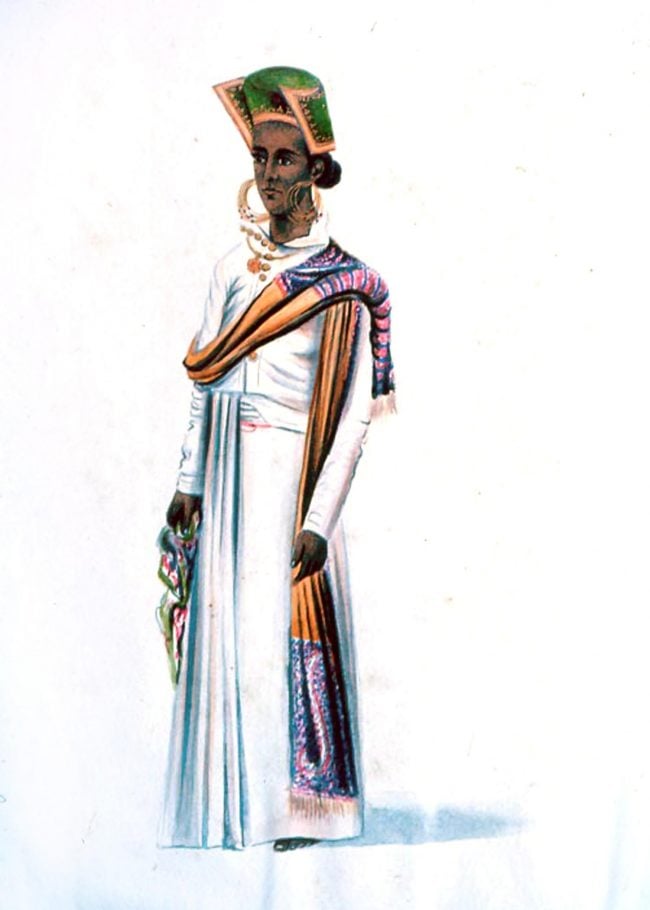
The Chetties were not always given official recognition as a distinct minority group in Sri Lanka.
Image Credit: Hippolyte Silvaf
The Chetties were first identified as their own minority group in the census conducted by the British in 1814, and continued to be identified as such until the census of 1871, after which they were counted as part of either the Sinhalese, Tamil, or Burgher populations.
In 1984, following a representation made by Shirley Pulle Tissera, who at the time was the General Secretary of the Sri Lanka Chetty Association, the Chetties received recognition as a separate ethnic group once again, with the next census – conducted in 2001 – identifying them as such.
Prominent Chetties And Their Contributions To Society
Despite the fact that the Chetties are – and always have been – a relatively small minority numerically, their contributions to society over the years have been immense.
In their historical role as merchants, the Chetties were among the first importers and exporters of both traditional and non-traditional goods to and from the island, and they have, over the years, continued to make notable contributions to the country’s socio-economic development.
Among the more significant contributions made in the recent past were by the late R. I. Fernandopulle, who was widely considered a pioneer and expert in the coconut industry, and the late Deshabandu Reggie Candappa, the founder of Grant McCann Erickson, which continues to one be of Sri Lanka’s largest advertising agencies.
The Chetties have also always been vocal in the field of politics, starting with Ceylon’s first Civil Servant, Simon Casie Chitty, who was elected a member of the legislative council in 1845.
Even J. R. Jayawardene – who served, at various points in his political career, as a Cabinet Minister, Prime Minister, and first Executive President of Sri Lanka – had a Chetty ancestor, as clearly stated in his biography written by Professor K. M. de Silva and Howard Wriggins.

Even J. R. Jayawardene had some Chetty blood running through his veins. Image Credit: Rajiva Wijesinha’s Blog
As a primarily Christian community, the Chetties were responsible, both before and after the colonial periods, for the financing and maintenance of a number of churches all over the island, including Mater Dola Rosa’s Church (Colombo 13), St. Thomas’s Church (Gintupitiya), St. Mary’s Church (Colombo 12), and St. Phillip Neri’s Church (Matiyangane).
Their contributions to Buddhism, from the philosophy’s very advent in Sri Lanka in the 3rd century BC, have been equally significant, and Professor Ellawala states that some of the protectors of the sapling Sri Maha Bodhi on its journey from India to Sri Lanka were of Tana Vaisya stock. More recently, Venerable Soma Thero – who was born Victor Emmanuel Perera Pulle – wrote thirty books on the philosophy.
Yet another Chetty of note, albeit one who now resides in Canada and not in Sri Lanka, is Sir Christopher Ondaatje, who was knighted by Her Majesty Queen Elizabeth II in 2003 for his philanthropic work.
His brother, Michael Ondaatje – whose work you are probably already familiar with – is a world renowned novelist, having won the prestigious Booker Prize for his book, The English Patient, which was later made into an academy award winning film.

Michael Ondaatje – award-winning novelist – is a Sri Lankan born Chetty. Image Credit: Dan Coleman
From their origins as a prestigious merchant class to their presence in the island today, the Chetty community has always been a distinctive one, and despite the fact that intermarriages and identification with other ethnicities have seen their numbers dwindle, the Chetties continue – in their own unassuming manner, to form an integral part of Sri Lankan society.


